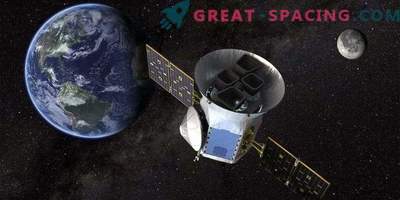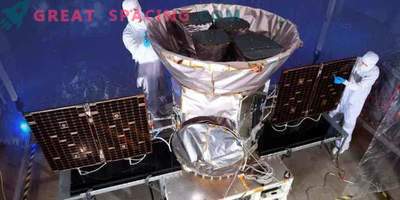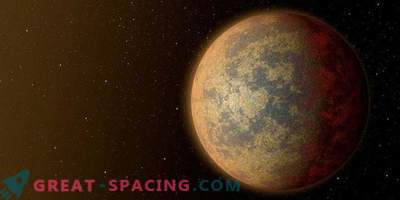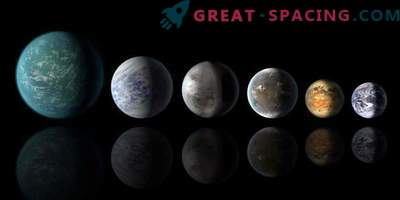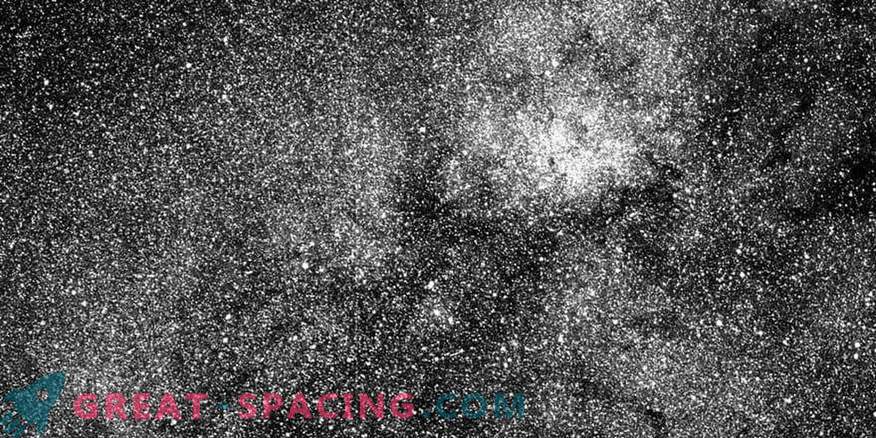
This is a test image from one of the four cameras onboard the TESS satellite. The band of the southern sky along the plane of our galaxy is displayed. More than 200,000 stars are visible. It is expected that TESS will be able to cover 400 times the sky when using all the cameras. Bright star in the center - Beta Centauri
New planetary hunter NASA TESS is now one step closer to finding new worlds after the successful completion of the lunar span of May 17. The spacecraft approached 5,000 miles from the earth’s satellite, which worked like a gravitational slingshot, which pushed the vehicle into the necessary final orbit.
As part of the camera commissioning, the scientific team recorded a two-second test exposure using one of four cameras. The image focused on the southern constellation Centauri, displaying more than 200,000 stars. Right above you can see the edge of the Coal Sack Nebula, and below on the left - the bright star Beta Centauri. TESS should cover 400 times the sky for all cameras. In June, they plan to release a high-quality snapshot. On May 30, TESS will firing the engine to enter the working orbit around the Earth. This highly elliptical orbit maximizes the amount of sky that the unit can display. It is expected that TESS will begin scientific operations in mid-June after completing the calibration of the cameras.
The animation of TESS maneuvers should end with the achievement of a final orbit. The observatory has just completed its moon span and is on its way to the final orbital point near the Earth, which will reach the middle of June
Launched on April 18 from Cape Canaveral (Florida), TESS is NASA's next step in finding alien worlds. The mission will track almost the entire sky to watch the nearby bright stars in search of transit signals. It is believed that the device will be able to find thousands of exoplanets, providing targets for the future telescope of James Webb, which starts in 2020.

